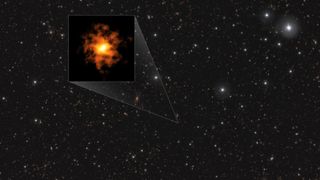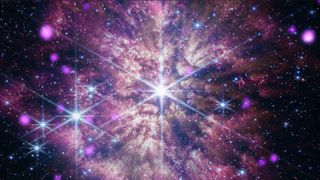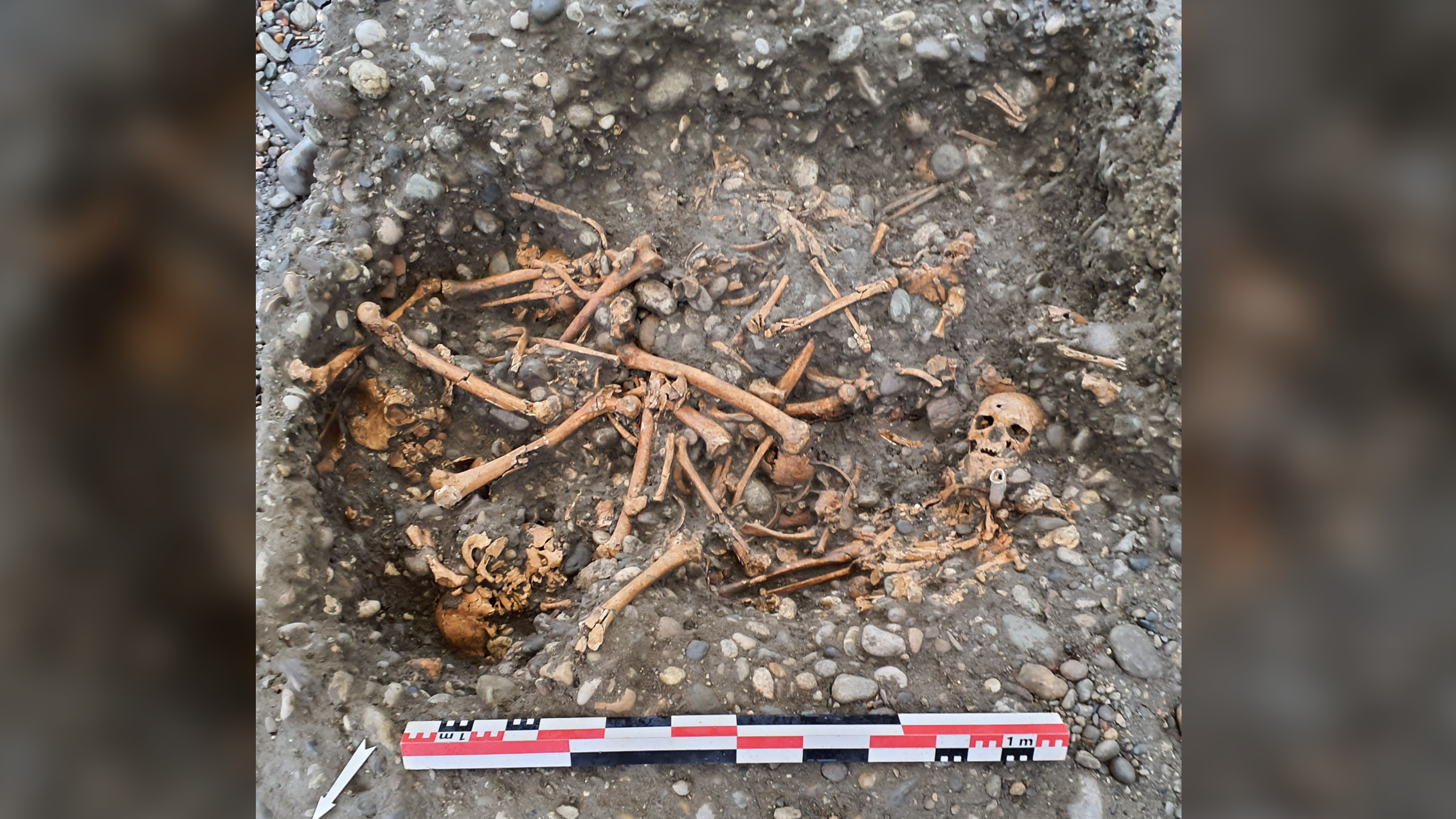Cosmology
Latest about Cosmology
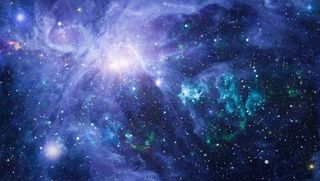
Scientists analyze largest map of the universe ever created — and it proves Einstein right yet again
By Ben Turner published
The largest survey of our universe ever conducted suggests that it closely matches the model most favored by cosmologists. It's unclear what this means for alternative theories attempting to explain bizarre discrepancies.
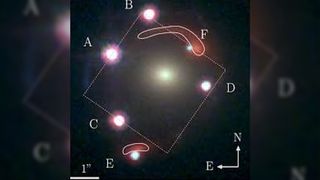
James Webb telescope uncovers 1st-ever 'Einstein zig-zag' hiding in plain sight — and it could help save cosmology
By Harry Baker published
A new JWST study has revealed the true origins of a luminous quasar that has been duplicated six times as its light "zig-zags" through space-time via a phenomenon first predicted by Albert Einstein. The unusual light show could help tackle one of cosmology's biggest problems, experts claim.
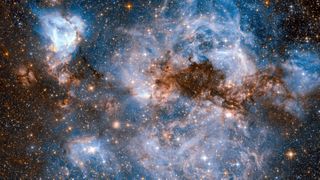
'The bottom line is, I told you so': JWST observations upend standard model of how galaxies form, new study claims
By Ben Turner published
The James Webb Space Telescope's discovery of unusually bright and massive galaxies soon after the Big Bang has cast doubt on the standard model of galaxy evolution and bolstered a rival theory for how physics may work on large scales, according to a team of astronomers.
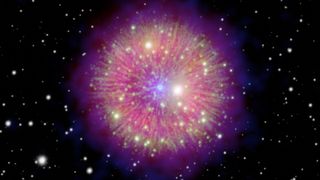
Supernova that lit up Earth's skies 843 years ago has a flowering 'zombie star' at its heart — and it's still exploding
By Harry Baker published
A new animated map sheds light on the superhot "zombie star" at the heart of a nebula leftover from a distant supernova witnessed by astronomers in 1181. The remains of the stellar explosion are unusually wonky and are still exploding at a constant speed.
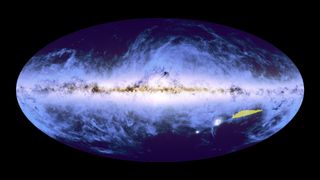
Euclid telescope reveals 1st section of largest-ever 3D map of the universe — and there's still 99% to go
By Ben Turner published
The first piece of the Euclid space telescope's map of the universe is crammed with 14 million galaxies and 100 million sources of light. The mapping project is now 1% done.
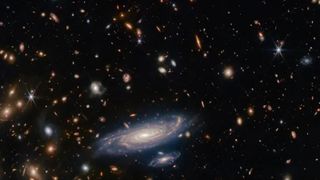
James Webb telescope discovers 'inside out galaxy' near the dawn of time
By Ben Turner published
A bright spiral galaxy appears on a background of thousands of other distant galaxies
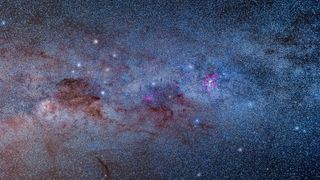
The Milky Way could be part of a much larger 'cosmic neighborhood' than we realized, challenging our understanding of the universe
By Harry Baker published
A probabilistic new map of the universe surrounding the Milky Way reveals that our galaxy is likely part of an even larger "basin of attraction" than we previously assumed.
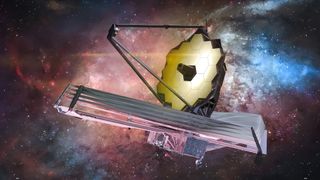
Are we wrong about the age of the universe? The James Webb telescope is raising big questions.
By Sandro Tacchella published
Some of the earliest galaxies found with JWST are also the brightest. That's a problem for our ideas about the universe.
Get the world’s most fascinating discoveries delivered straight to your inbox.


